Not only the price, but also the design and equipment list should be carefully considered by Vietnamese customers before buying these models.
Top 1: Wuling MiniEV
Spending a significant amount of money – over 200 million VND – to own a vehicle is a legitimate desire for many people. Vietnamese consumers with a tight budget cannot expect much, but basic requirements should still be met. These requirements include:
Safety is a top priority for a four-wheeled vehicle, but unfortunately, Wuling fails to provide adequate safety features for its mini electric vehicle. The car lacks airbags, has a weak chassis framework, and a fragile body structure – all of these factors make it a “criticism-worthy” electric car.
The manufacturer claims that the car can reach a top speed of 100 km/h, which means it meets the requirements for high-speed traffic. However, with only a few basic safety features such as ABS brakes, electronic brakeforce distribution (EBD), and tire pressure monitoring (passive), it is unlikely that anyone would take the risk of driving at such high speeds.
In addition, the interior space is cramped and only comfortable enough for 2 adults. The maximum operating range of the top version is only 170 km, which reduces the practicality of this model. With more than 200 million dong in hand, consumers have many other options, including used A-class cars.
Perhaps Wuling MiniEV is only suitable for those who have extra money and want to buy a “toy” for fun. But convincing someone to buy this car would require a very talented salesperson, as people who have extra money value their lives and would not risk them by driving a poorly-equipped car.
Top 2: Suzuki Ciaz
Suzuki’s B-segment sedan offers the most spacious interior in its segment. However, it falls short in terms of equipment and version options. In the Vietnamese market, there is only one version available. While competitors offer advanced safety features and modern conveniences, the Ciaz only has a 9-inch screen with 2 rear cameras.
The 91-horsepower engine fails to meet the customer’s travel needs. Overall, Suzuki Ciaz cannot compete with other famous names such as Toyota Vios, Hyundai Accent, or Honda City in terms of equipment and overall competitiveness.
In addition, the completely imported origin from Thailand makes the selling price of Suzuki Ciaz unable to compete with other competitors in the same segment. The design of Suzuki cars, including the Ciaz, is not appealing to Vietnamese consumers.
Another important factor is that the service point system of Suzuki is not popular in Vietnam. Moreover, the availability of spare parts for Suzuki vehicles is not guaranteed due to the low volume of consumption. This makes after-sales services, warranty, maintenance, and repair inconvenient for Suzuki customers.
Top 3: Volkswagen T-Cross
Although it is only a B-segment crossover, the German platform and completely imported origin from India have pushed the price of VW T-Cross up to 1.1 – 1.3 billion VND in the Vietnamese market. Despite being on the market for over a year, the slow sales indicate a lack of consumer interest in Volkswagen’s offering.
Despite the high price range, the VW T-Cross lacks in size and equipment compared to similar offerings. The car features a mechanical speedometer behind the steering wheel, mechanical handbrake, Halogen headlights, fabric seats, and only 2 airbags in the base version. It also lacks active safety technologies that are common in today’s cars, with the exception of headlights that can automatically turn on and adjust when entering curves.
One remarkable aspect of the VW T-Cross is its engine. The car is equipped with a 1.0L engine with turbocharging, producing 115 horsepower and 178 Nm of torque. It is accompanied by a front-wheel drive system and a 6-speed automatic transmission, which is suitable for operating conditions in Vietnam.
In addition, the VW T-Cross is based on the “German standard” MQB A0 platform, shared with other popular models such as the Audi A1 or VW Polo. Thanks to this platform and engine system, the T-Cross delivers a solid and distinctive driving experience compared to Asian competitors in the same segment.
However, the VW T-Cross does not have a particularly attractive appearance like many current Japanese and Korean models. The car has a simple and somewhat square European design, which may not appeal to the target group in this segment.
Therefore, despite a price reduction of 220 to 250 million VND (including 170 – 200 million in cash and 50 million in service usage promotion) for the Elegance and Luxury versions respectively in October, the VW T-Cross still has limited appeal.
Top 4: Nissan Kicks
Until October 2020, Nissan’s presence in the Vietnamese market was not impressive. Despite launching new models like Almera, Navara, and Kicks, Nissan has struggled to compete with other brands, especially with Nissan Kicks in the B-segment crossover market.
Nissan Kicks e-Power stands out with its hybrid engine. However, the difference in engine and powertrain results in a high selling price: 789 and 858 million VND for 2 equipment versions respectively. This starting price is even higher than some high-end versions of its competitors.
Compared to its hybrid-powered competitor, Toyota Yaris Cross, Nissan Kicks lags behind in terms of equipment quantity and quality. The Toyota competitor offers 2 drive options, including a gasoline engine or a hybrid engine, giving consumers more choices.
The driving experience shows that Nissan Kicks offers better handling and fuel economy than its competitors in the segment. However, it falls behind in terms of utility and price – important factors for consumers in this segment.
Therefore, Nissan Kicks-ePower targets a niche market of customers who want to experience hybrid technology or pure electric operation for the purpose of environmental protection. The target customer group for Kicks is limited and less competitive than other competitors in the same segment.
In addition, in the Vietnamese market, hybrid and electric motors are still relatively new. Therefore, issues related to repair, maintenance, or simply spare parts availability are not well-established. This creates inconvenience for customers when using after-sales services.
Top 5: MG5
MG5, a C-segment sedan with an eye-catching design and a surprising price, is the last car model on the list that may cause hesitation for consumers. However, unlike its sibling MG ZS, the MG5 fails to provide an impressive driving experience.
At low speeds, especially in the city, the MG5’s throttle feel is unreliable, resulting in excess throttle when starting. If not careful, the driver may end up hitting the car in front. On the highway, the naturally aspirated 1.5L engine combined with a CVT transmission lacks power, requiring cautious cornering and overtaking.
In addition, the distributor always emphasizes MG’s British origin, even though the internal components bear the SAIC logo – a top 4 Chinese car manufacturer. This ambiguity in origin, along with concerns about product communication, sales locations, and after-sales services, makes MG and MG5 less popular among Vietnamese consumers.
MG and SAIC have many challenges to overcome before they can fully satisfy Vietnamese consumers. Customers expect value for their money, and MG’s stable pricing strategy needs to be supported by improved product competitiveness compared to its competitors.
Anh Phan (Tuoitrethudo)


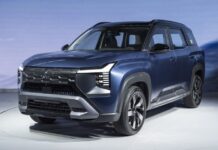

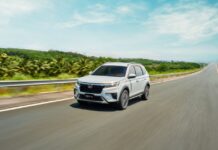
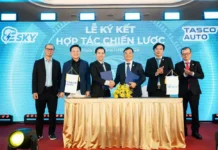



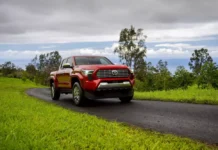















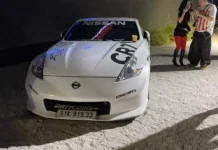

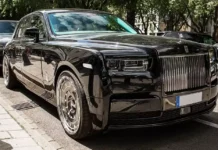
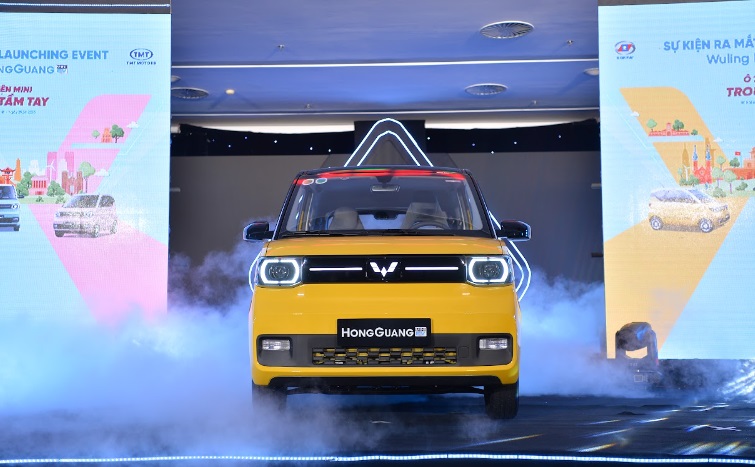
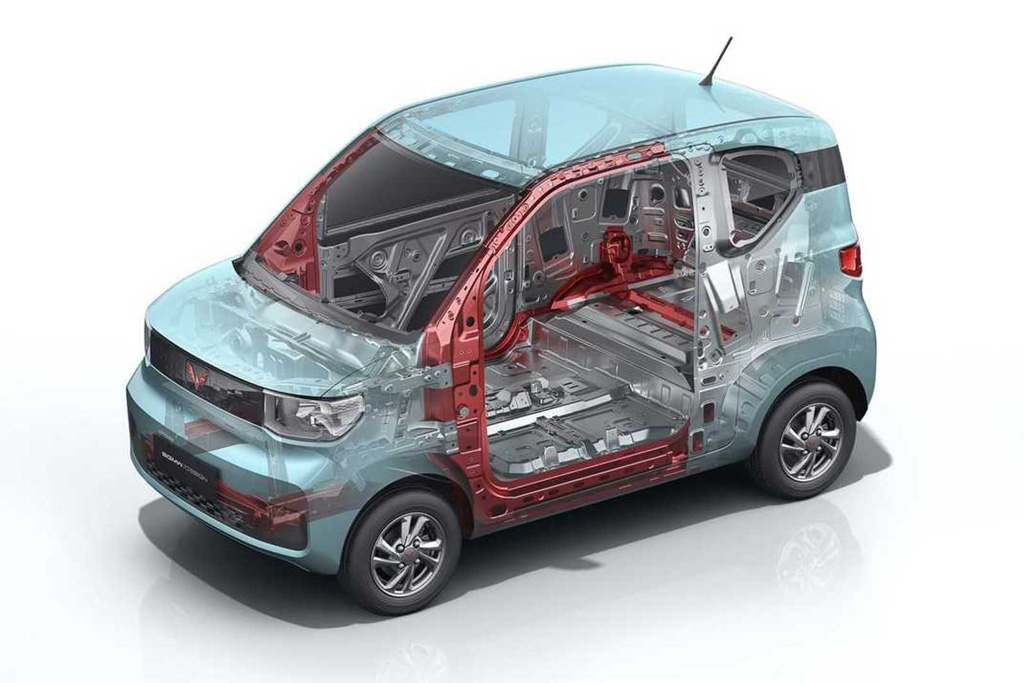

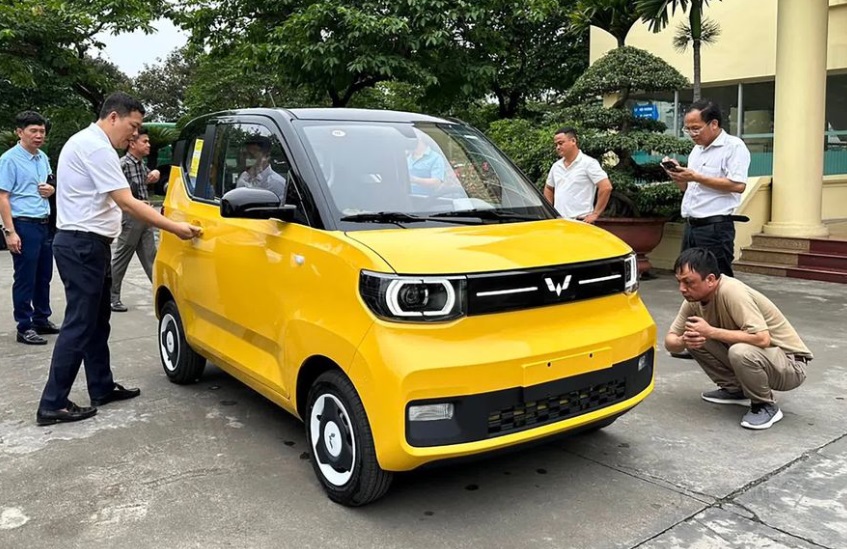
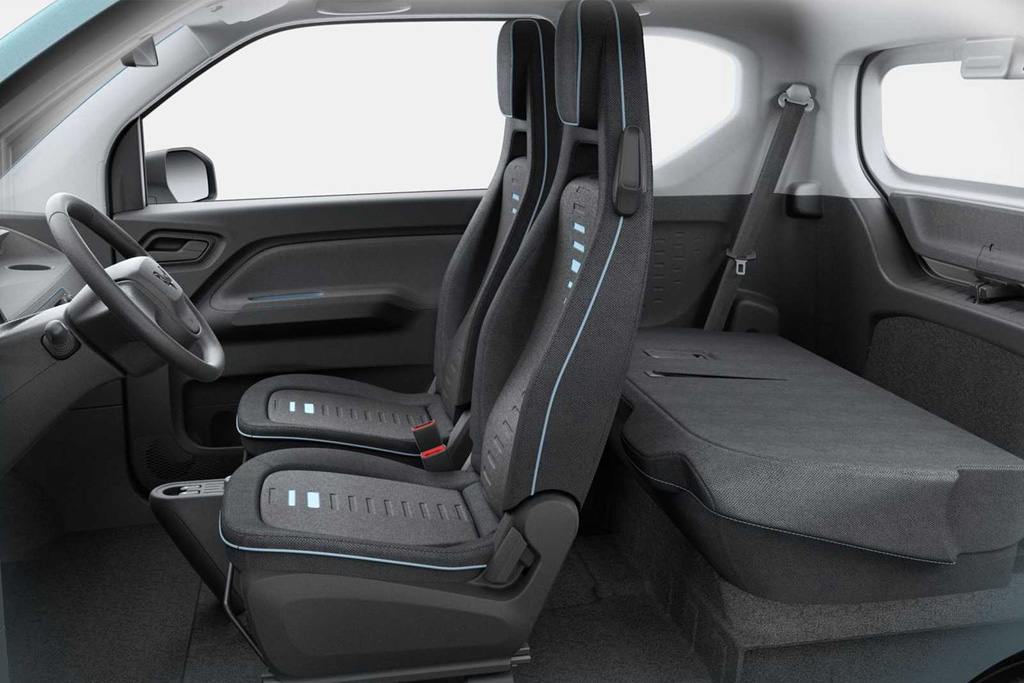
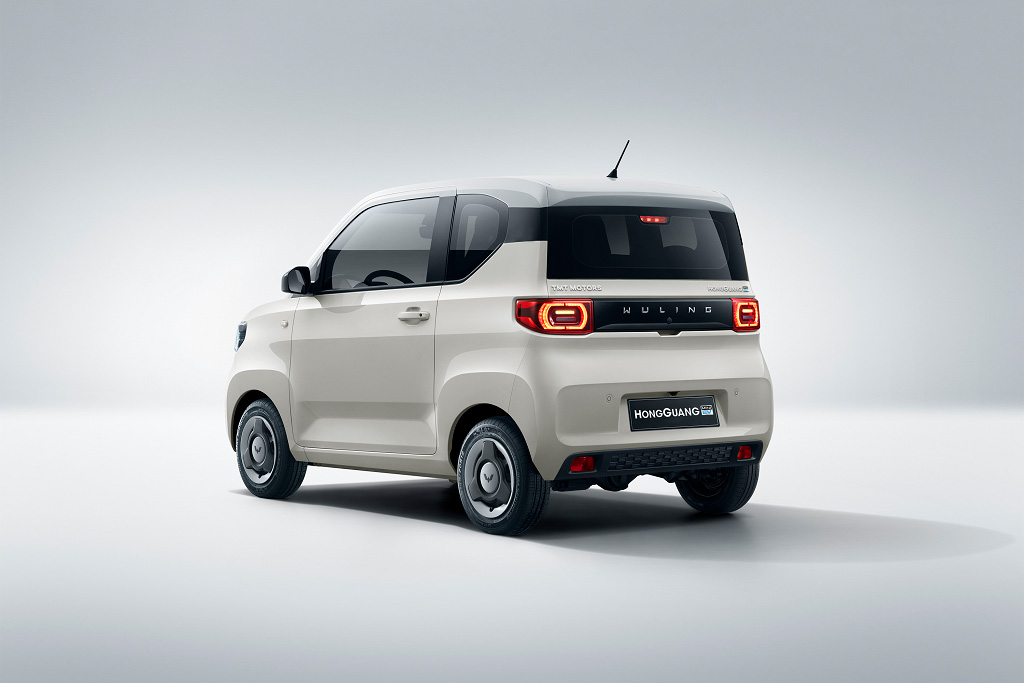
.jpg)
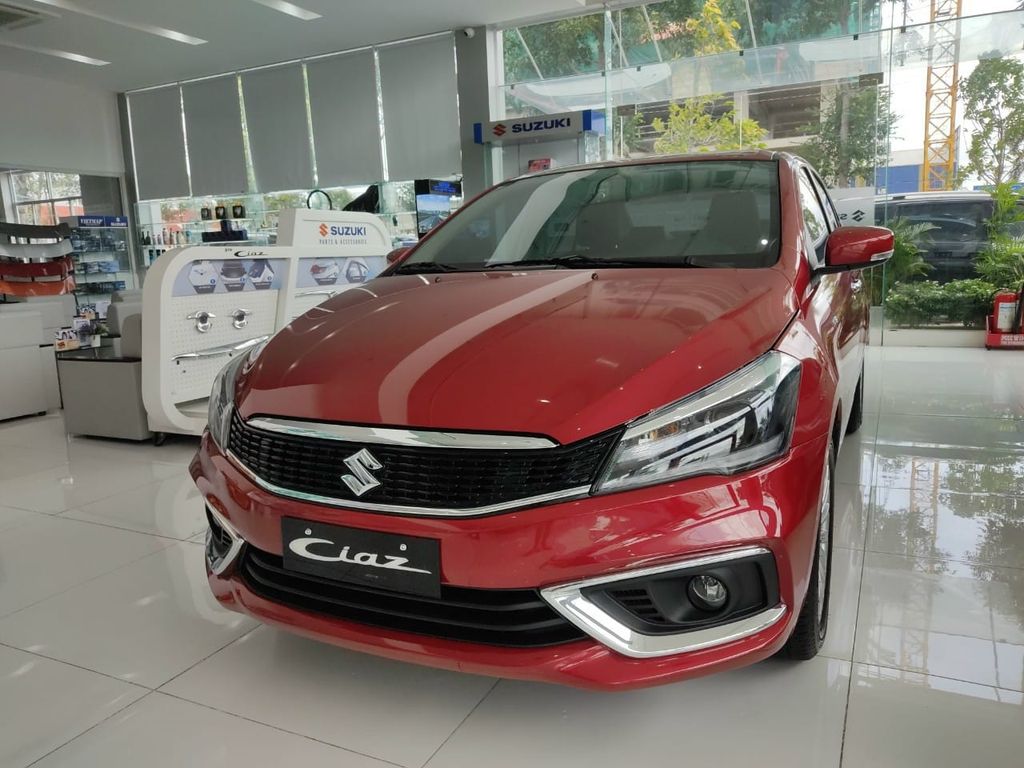
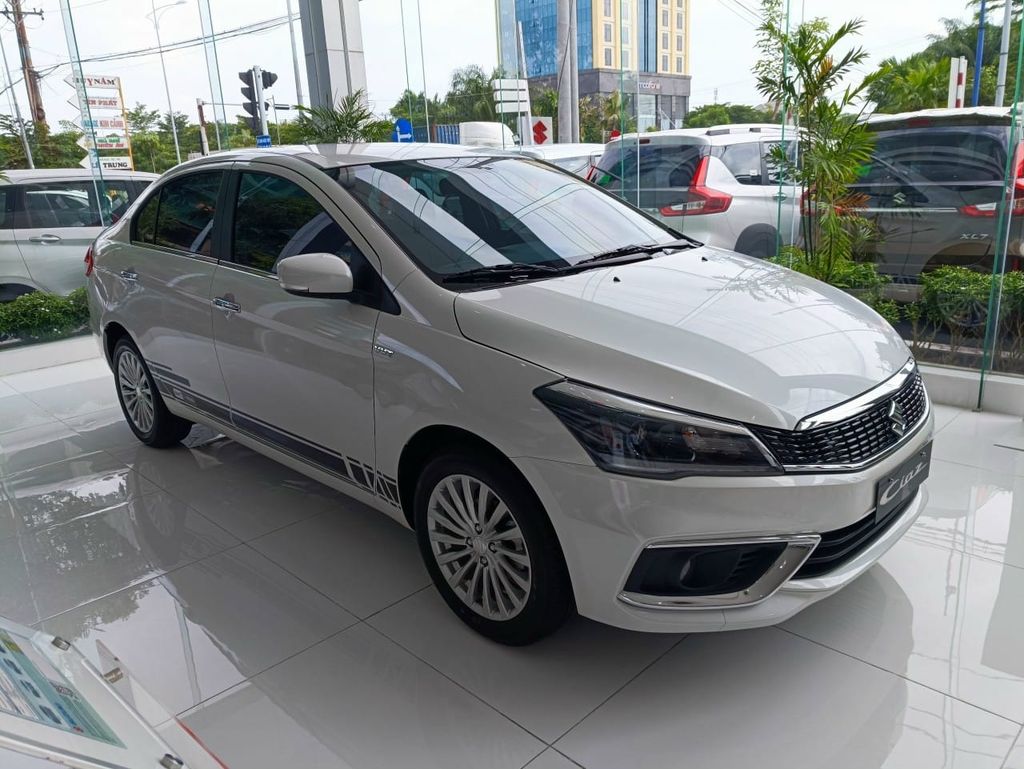
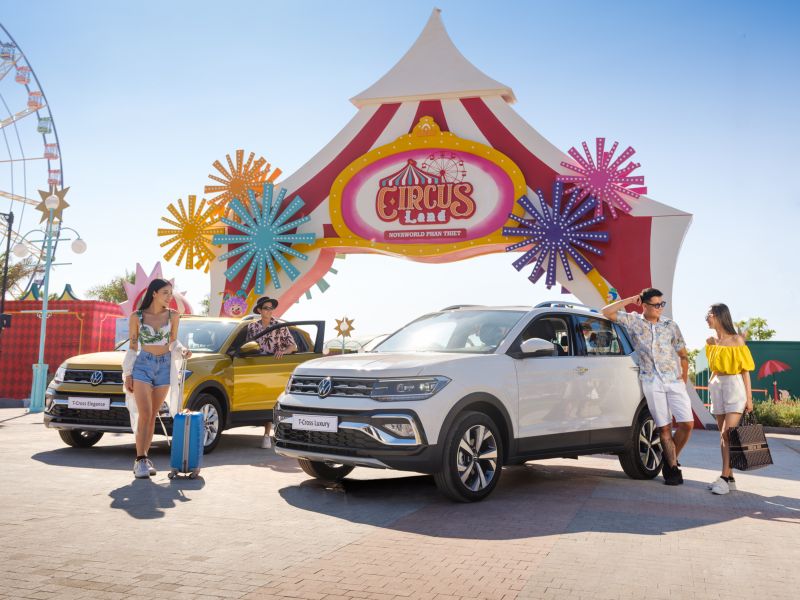
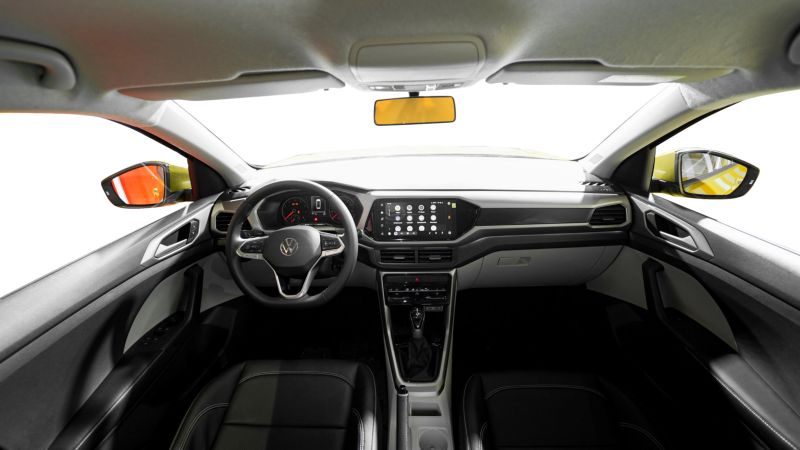
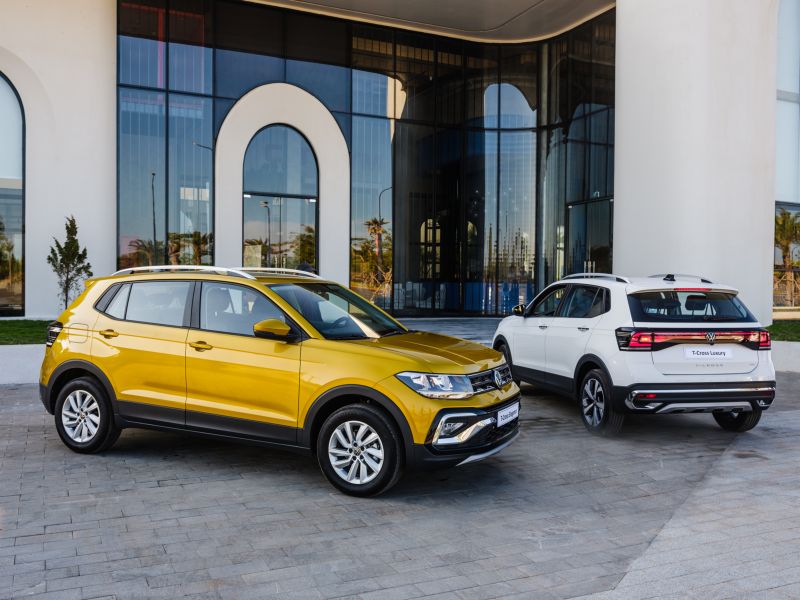
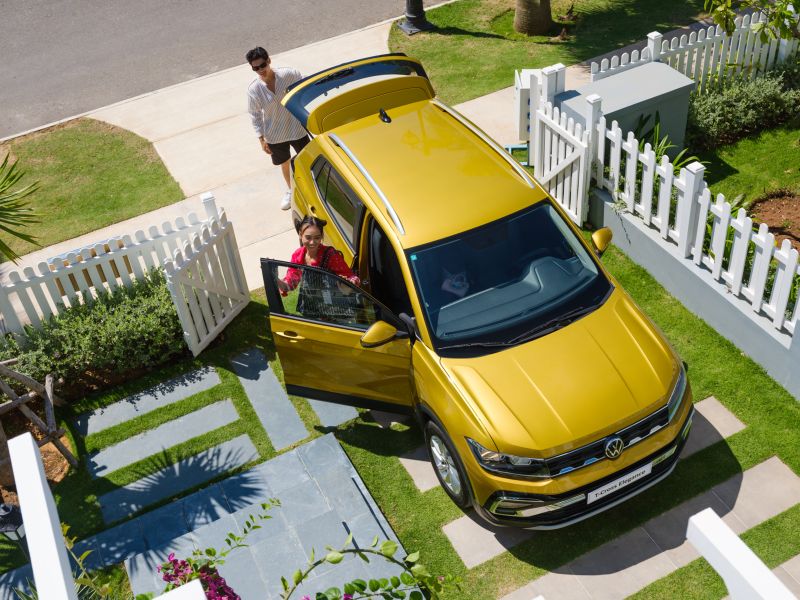
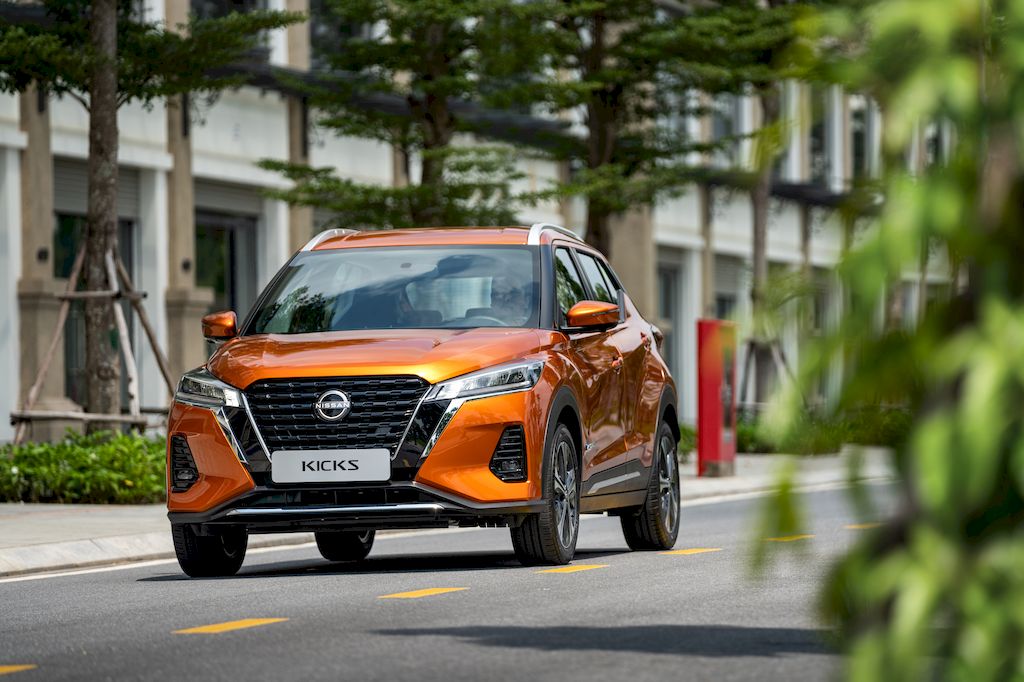
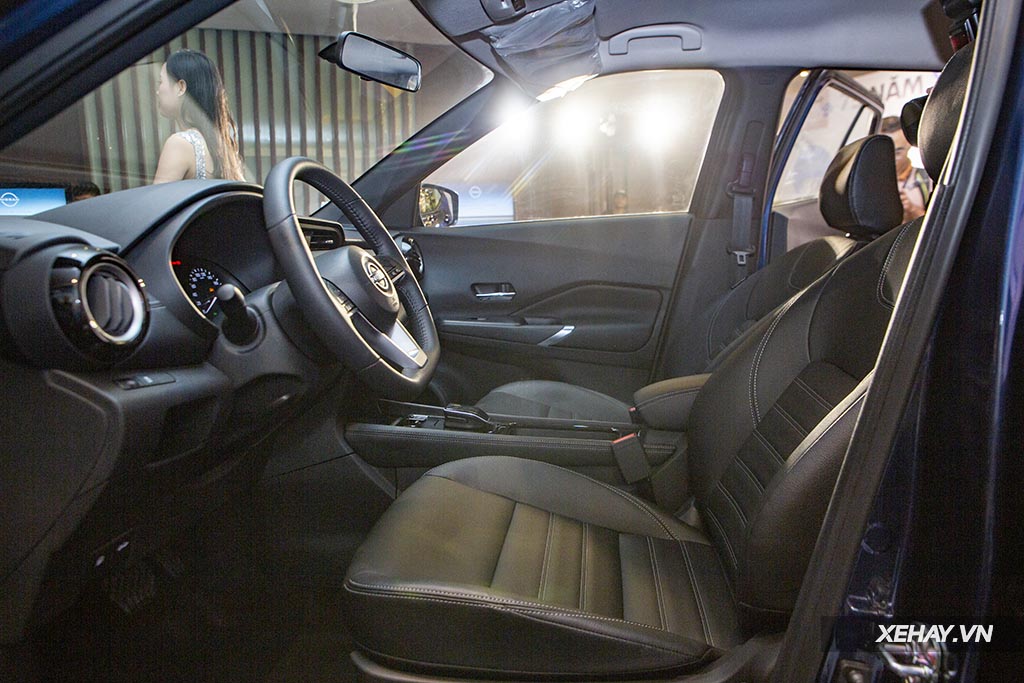
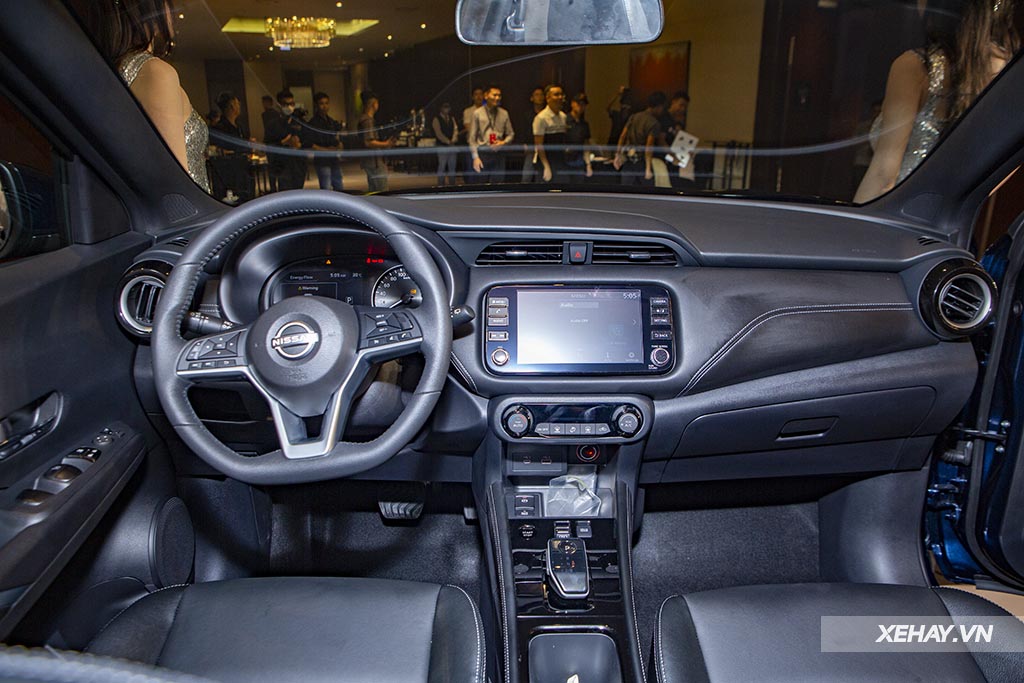
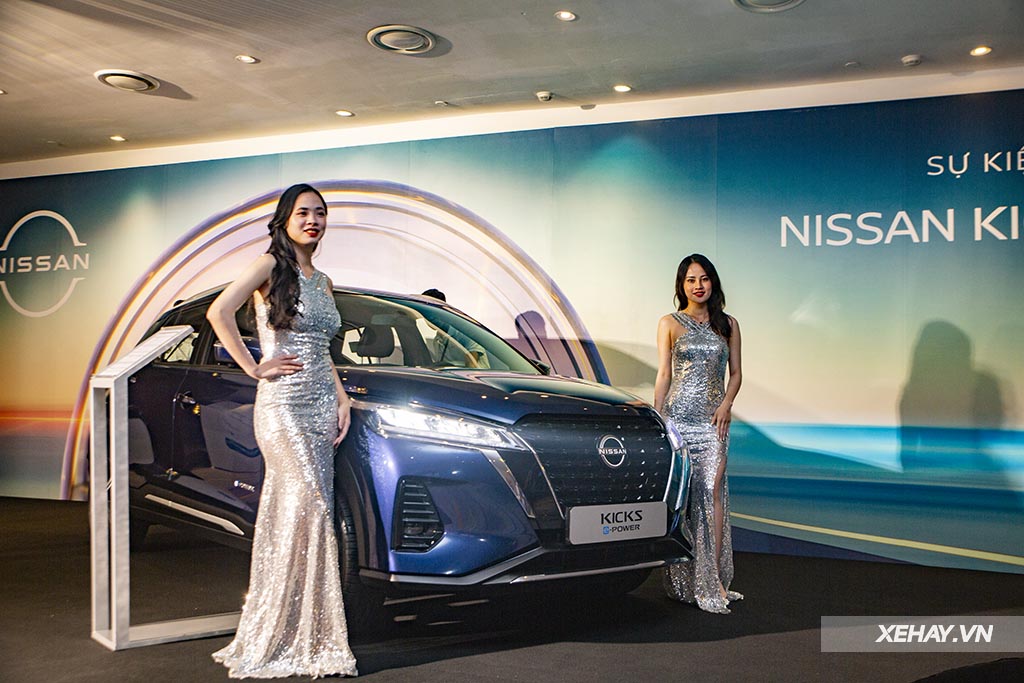
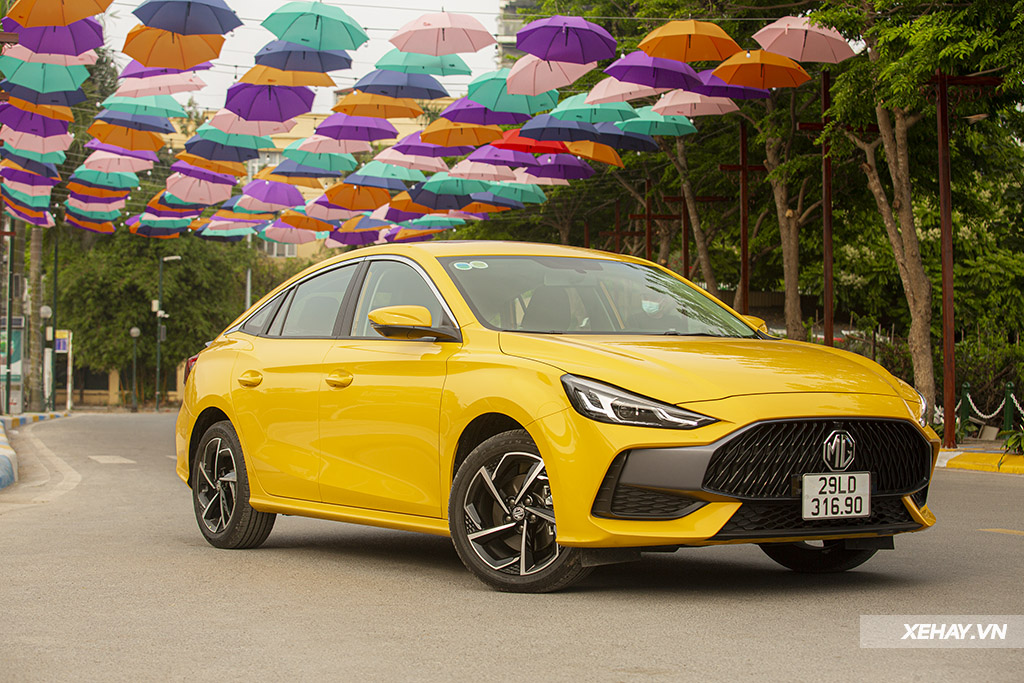
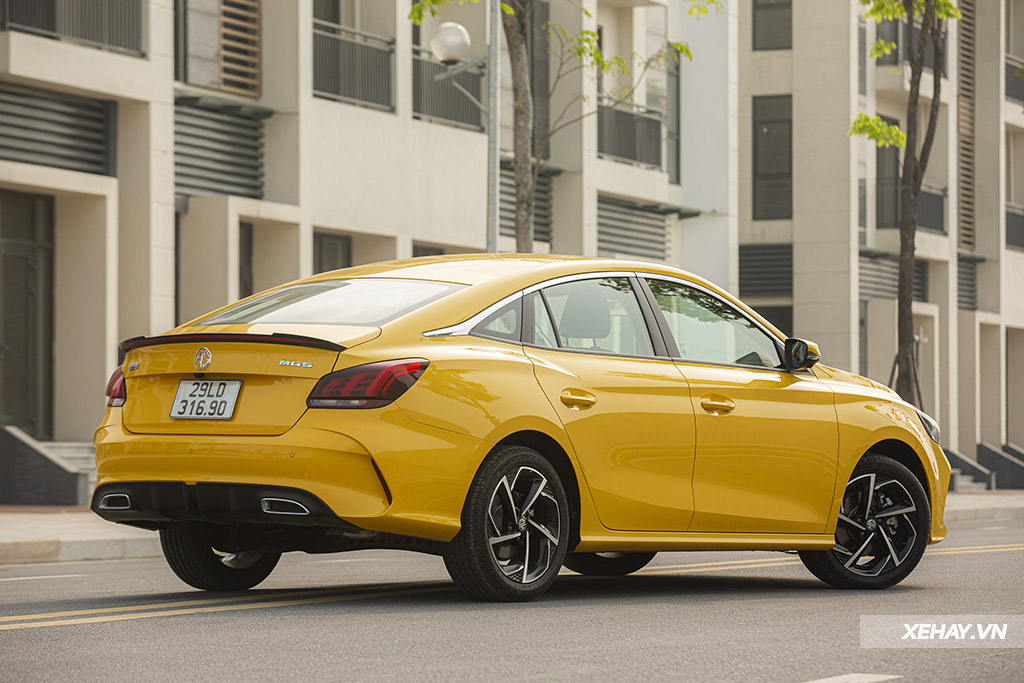
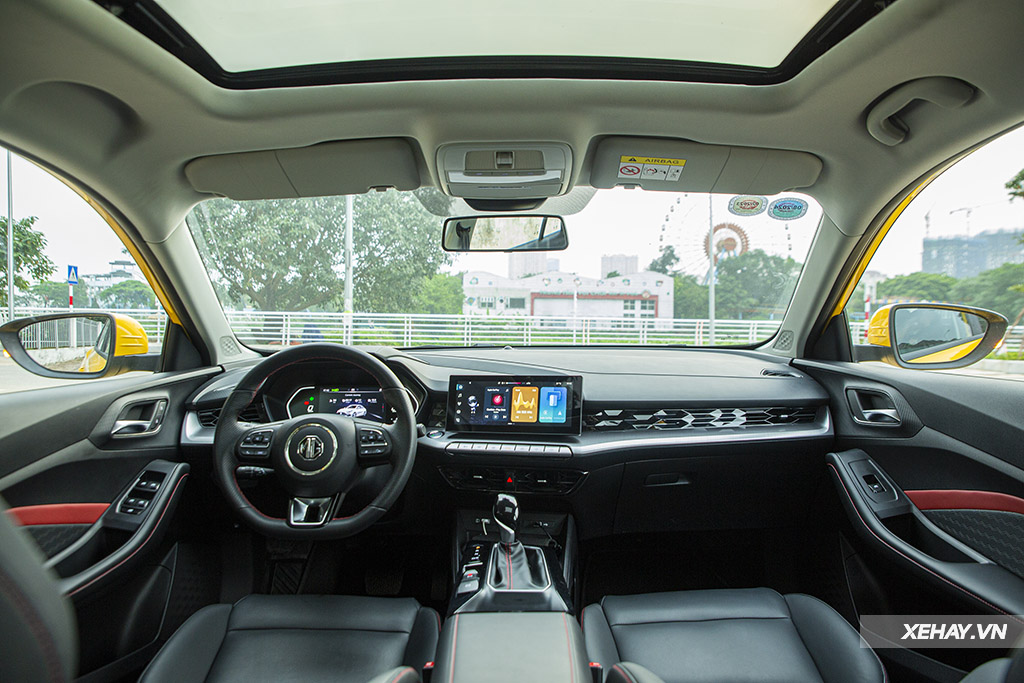
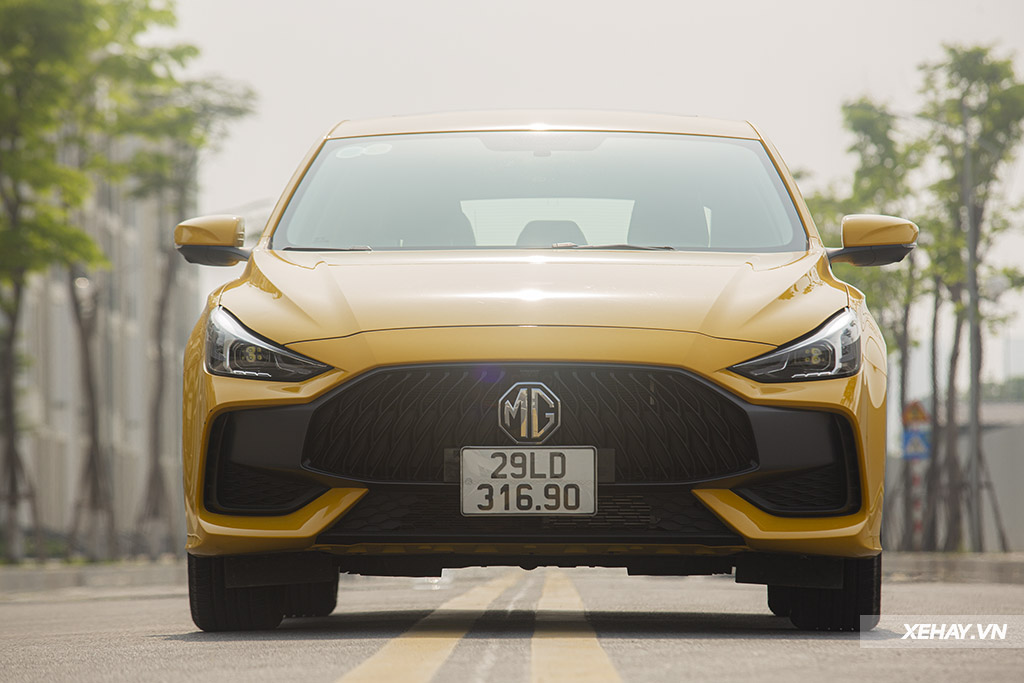
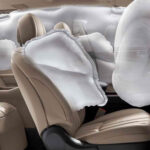
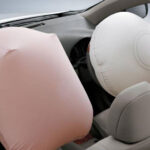
![[CAR REVIEW] Toyota Wigo: The Perfect Choice for Women](https://vnauto.net/wp-content/uploads/2023/10/xehay-toyotawigo-01082023-1-150x150.jpg)
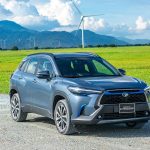


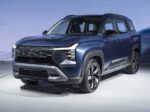









![[CAR REVIEW] Range Rover Velar: The Perfect Choice for Passionate Car Enthusiasts](https://vnauto.net/wp-content/uploads/2024/02/xehay-rangerovervelar-21062023-23-100x70.jpg)